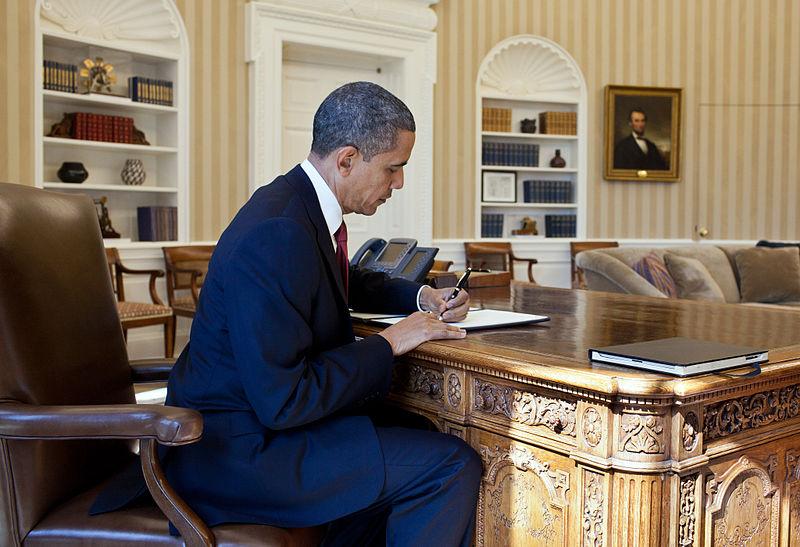Editorial: Executive orders not the answer for Obama
obama signs exec orders
January 31, 2014
President Obama made it clear in his State of the Union address Jan. 28 that he was more than willing to take action on his own if he felt Congress was not moving fast enough on certain issues.
Such a situation is far from remote, given the partisan gridlock that has ravaged our national legislature. With a republican controlled House of Representatives and a democrat controlled Senate, a slow moving Congress appears to be the norm for the immediate future.
Executive orders by the president are nothing new. In fact, George Washington even issued a few, though they are not as well documented as orders given today. However, the use of executive orders is occurring more and more frequently.
There is no actual portion of the Constitution that states the use of executive orders, which are used by the president to aid in operations within the federal government by the executive branch, but many have found ways to argue its use through wording found in sections of Article II.
Obama stated in his speech that though he hoped to work with Congress, he also said that “wherever and whenever I can take steps without legislation to expand opportunity for more American families, that’s what I’m going to do.” This statement sounds fruitful and like it is working hard for the American people, but it’s a bit concerning.
The areas that Obama discussed possibly using an executive order on include raising the minimum wage for federal workers to $10.10 an hour, setting new standards for fuel-efficiency in trucks, creating a new type of savings account for those retiring to name a few.
The overuse of executive orders takes away the opportunity for debate on hot button issues that may be fairly complicated. Yes, it can be unbelievably frustrating when important issues seem gridlocked in Congress, but that does not mean presidents should take this as a cue to bypass the legislation process altogether. Pushing actions through with an executive order takes the adversarial element out of legislation, and also takes away the voice of the American constituents who are represented by members of Congress.
If the American people do not like legislation that has been passed or feel that Congress is moving too slowly on an issue, they have been given the right by the Constitution to remove members of Congress through elections.
Executive orders should be used sparingly, not as a means around the legislative branch. Partisan politics is certainly frustrating for many, but this does not give the president the nod to choose such a method to get what he wants done.
The president was not meant to have the amount of authority that he is attempting to grant himself through use of these executive authorities. It takes true leadership throughout all the members of Congress, and with the president, in order to get legislation moving. If the president is trying to raise his ratings or rally his administration, this is not the way to do it.
Having to find such unconventional methods to achieve legislative goals only proves the current fractured state of our federal government and does nothing to fix those issues.







